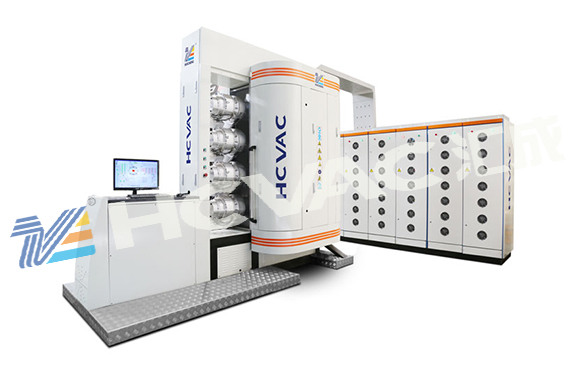The cameras, mobile phone cameras, myopia, hyperopia, presbyopia glasses, and lenses of related electronic products that we use everyday are all coated with a thin film through a vacuum coating machine. What is the role of coating a thin film on the specific lens, and what is its principle? Here is a summary of the vacuum series to introduce in detail:

Lens vacuum coating machine is mainly used for coating lens to reduce reflection. In order to improve the light transmission and image quality of the lens, the lens must be coated in the modern lens manufacturing process. The coating of the lens is based on the principle of optical interference. A layer of a quarter wavelength material (usually fluoride) is coated on the lens surface to minimize the reflection of colored light of this wavelength. Obviously, one layer of film only works on one color light, while multi-layer coating can work on multiple colors light. Multilayer coating usually uses different materials to repeatedly coat different thickness films on the lens surface. Multilayer coating can greatly improve the light transmittance of the lens. For example, the reflectivity of each surface of the lens without coating is 5%, which can be reduced to 2% after single layer coating, while the multilayer coating can be reduced to 0.2%. In this way, the diffuse reflection between lenses of the lens can be greatly reduced, thus improving the contrast and sharpness of the image.
When light enters into different transmission materials (such as glass from air), about 5% will be reflected off. There are many lenses and refractors in the optical collimator, which together can cause 30% to 40% of the incident light loss. Modern optical lenses are usually coated with single-layer or multilayer antireflection coatings of magnesium fluoride. The single-layer antireflection coatings can reduce the reflection to 1.5%, and the multilayer antireflection coatings can reduce the reflection to 0.25%. Therefore, if the entire collimator is properly coated, the light penetration rate can reach 95%. Lenses coated with single layer antireflection film are usually blue purple or red, while those coated with multiple layers of antireflection film are light green or dark purple
The coating is a very thin transparent film on the surface. The aim is to reduce the reflection of light, increase the light transmittance, resist ultraviolet radiation and suppress glare and ghost; Different color coatings also make the image color balance different. In addition, the coating can also delay the aging and discoloration of the lens.
Huicheng vacuum lens
vacuum coating machine is a new type of vacuum coating equipment for processing window lenses and shell materials in the lens industry. It can improve the performance of AF vacuum film, improve the productivity and stability of equipment, and reduce material consumption to significantly reduce costs.



